
4 min read
How To…Design a Restorative Bedroom
Discover WLLW's strategies to design a bedroom that supports restorative sleep and overall physical and mental wellbeing.
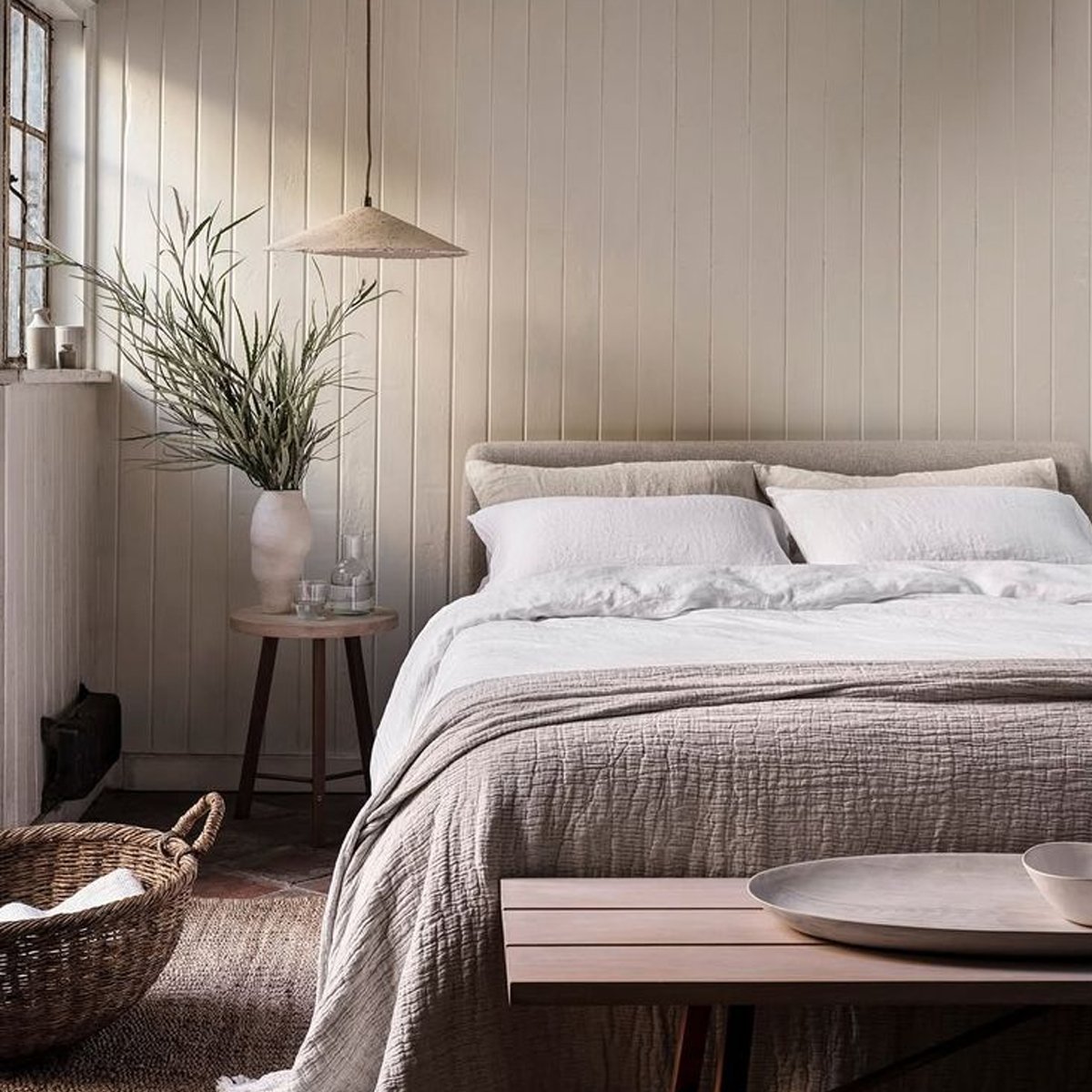
4 min read
What to consider when looking to buy a non-toxic and sustainable mattress.
The mattress market in the United States offers a bewildering array of options, with hundreds of brands claiming to offer the latest in ‘mattress technology,’ from cooling fabrics to advanced sleep-tracking sensors. Unfortunately, many of these claims are little more than clever marketing and won’t necessarily result in better sleep. With sleep deprivation on the rise – the CDC reports that one in three American adults isn’t getting enough sleep – choosing the right mattress has never been more important. But navigating the industry can be challenging.
The three main types of mattresses are innerspring (also known as pocket-sprung), foam and hybrid (a mix of foam and springs). Despite the marketing, there are really only two types of foam: synthetic polyurethane (including memory foam) and natural latex.
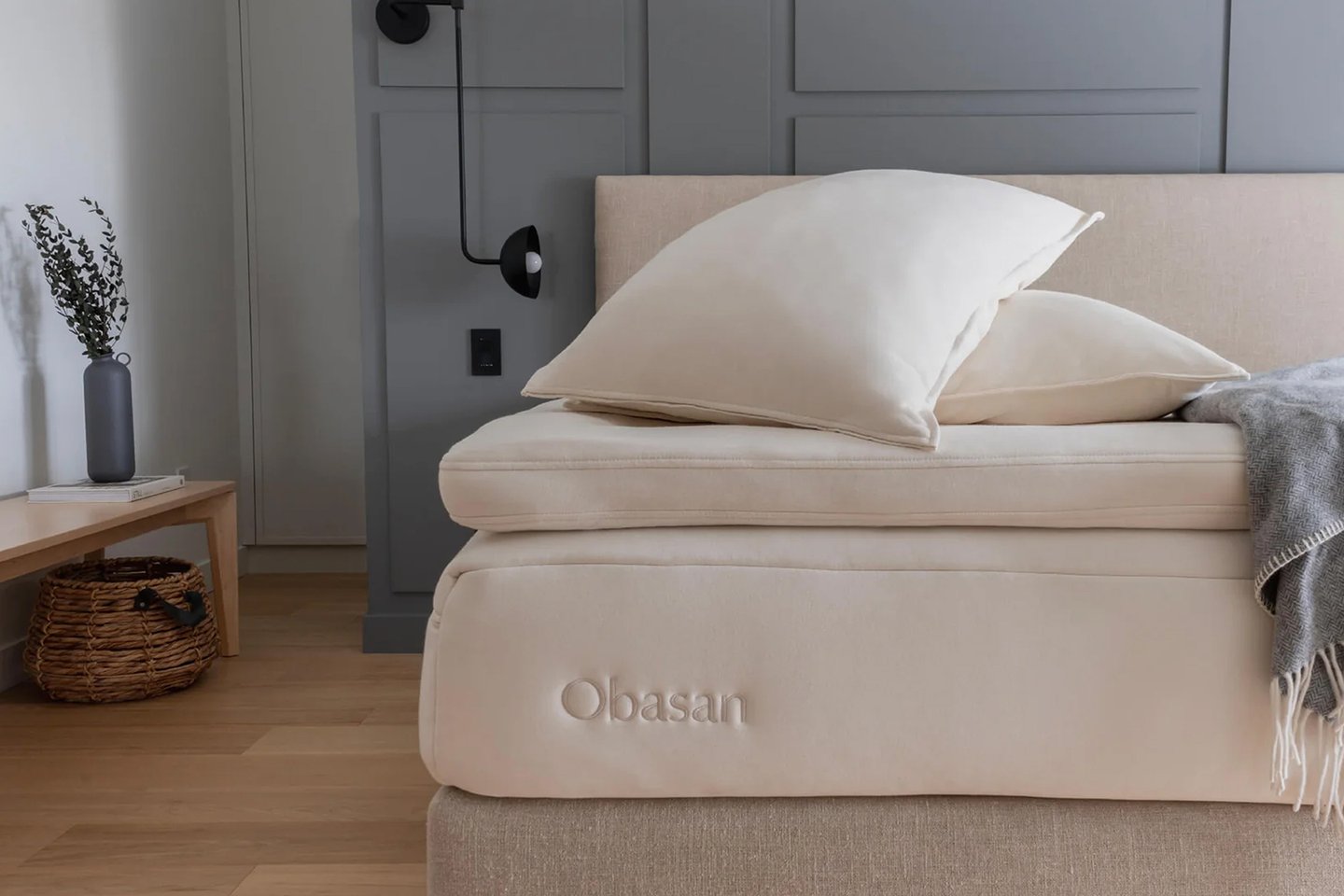
The most critical factors to consider are comfort and support. A mattress should keep your spine in its natural S-curve and allow your body to sink in just enough to relieve pressure points at the shoulders and hips. According to the Sleep Foundation, firmer mattresses are better for back and stomach sleepers or people weighing over 230 pounds, while softer mattresses suit side sleepers. However, ‘firm’ or ‘soft’ labels can vary, so testing a mattress before purchase is essential. Other important considerations include motion transfer, edge support and temperature regulation. Synthetic memory foams were originally developed by NASA in the 1960s to provide cushioning against vibrations and potential crashes. Designed to be activated by heat, they tend to trap it, while natural materials like latex, wool and coir (coconut fiber) are more breathable.
There are few who will disagree that plant-derived natural latex is better for the planet than synthetic foam. Synthetics are almost exclusively plastics derived from fossil fuels that require an abundance of chemical processing in order to exist. Their production sees by-products created, while residual toxins, including Volatile Organic Compounds (VOCs), are left in the sheets of foam, which can off-gas over time, compromising indoor air quality. If you choose a synthetic mattress, look for CertiPUR-US certification, which ensures the absence of harmful chemicals. Natural mattresses, by contrast, do not off-gas.
Natural latex is derived from the sap of rubber trees, which is sustainably harvested without harming the trees, which act as a carbon sink. The sap is then processed without the need for toxic chemicals, making it a more environmentally friendly alternative to synthetic foam. It is whipped into a frothy consistency and then baked to create a dense, durable material that is both biodegradable and recyclable. Latex is denser and heavier than polyurethane foam, making it more durable and longer-lasting. It also tends to promote cooler sleep, as synthetic foams absorb heat and moisture, while natural fibers help regulate temperature and wick away moisture. Memory foam mattresses contour to the body by responding to heat and pressure, but this can result in a warmer sleep environment. Although latex foam is generally more expensive than synthetic alternatives, its durability, breathability and resilience make it a worthwhile investment.

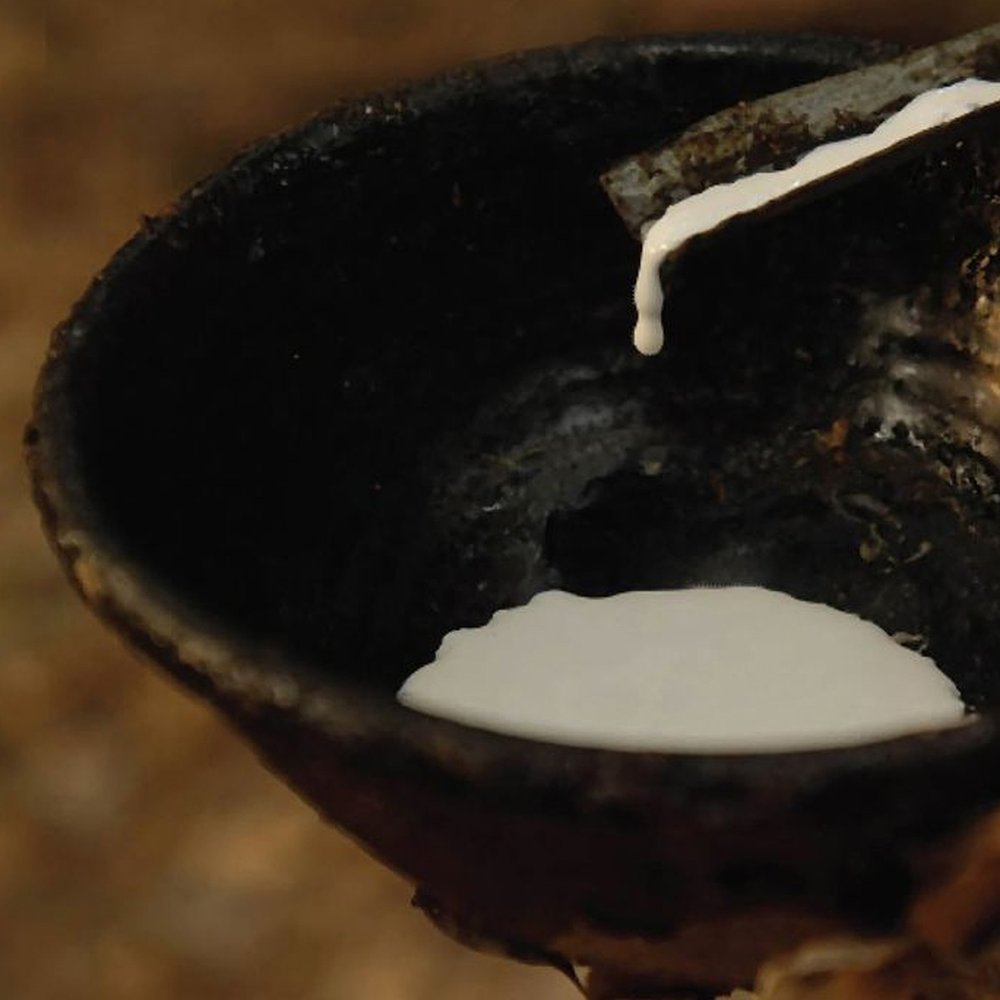
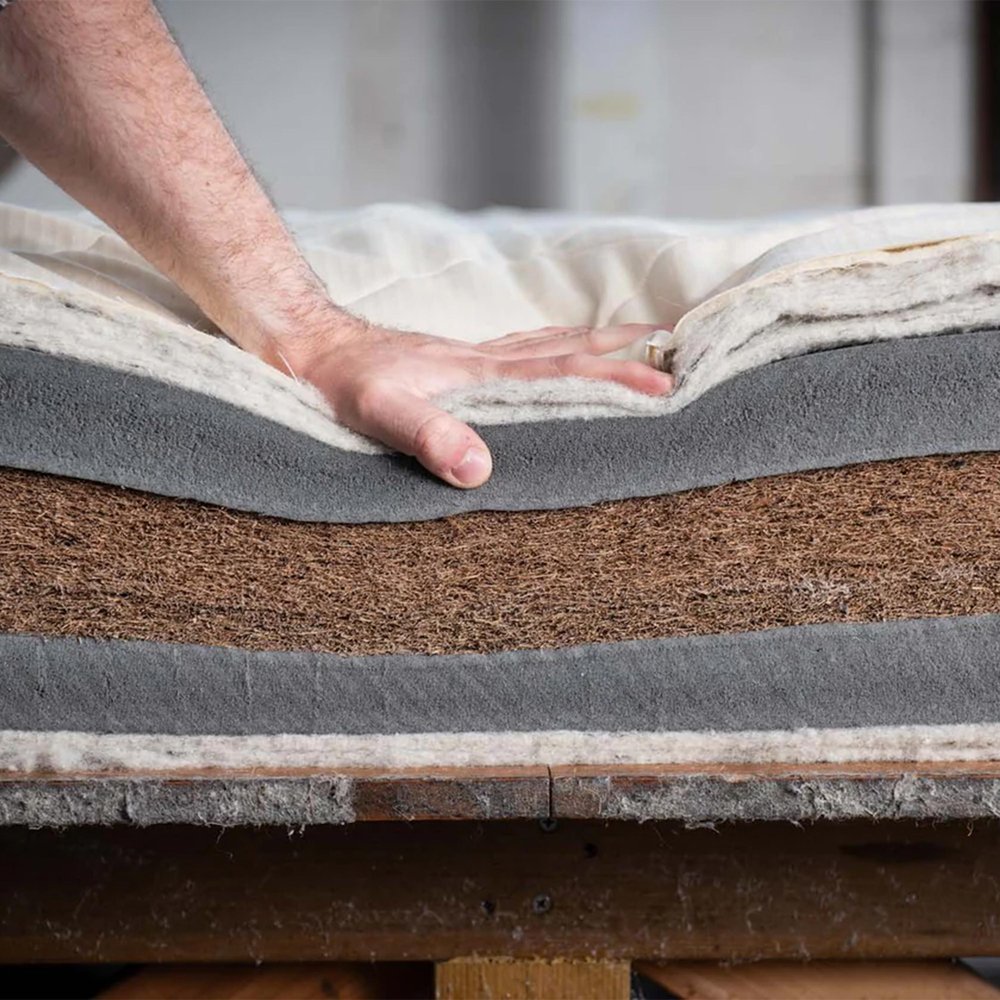
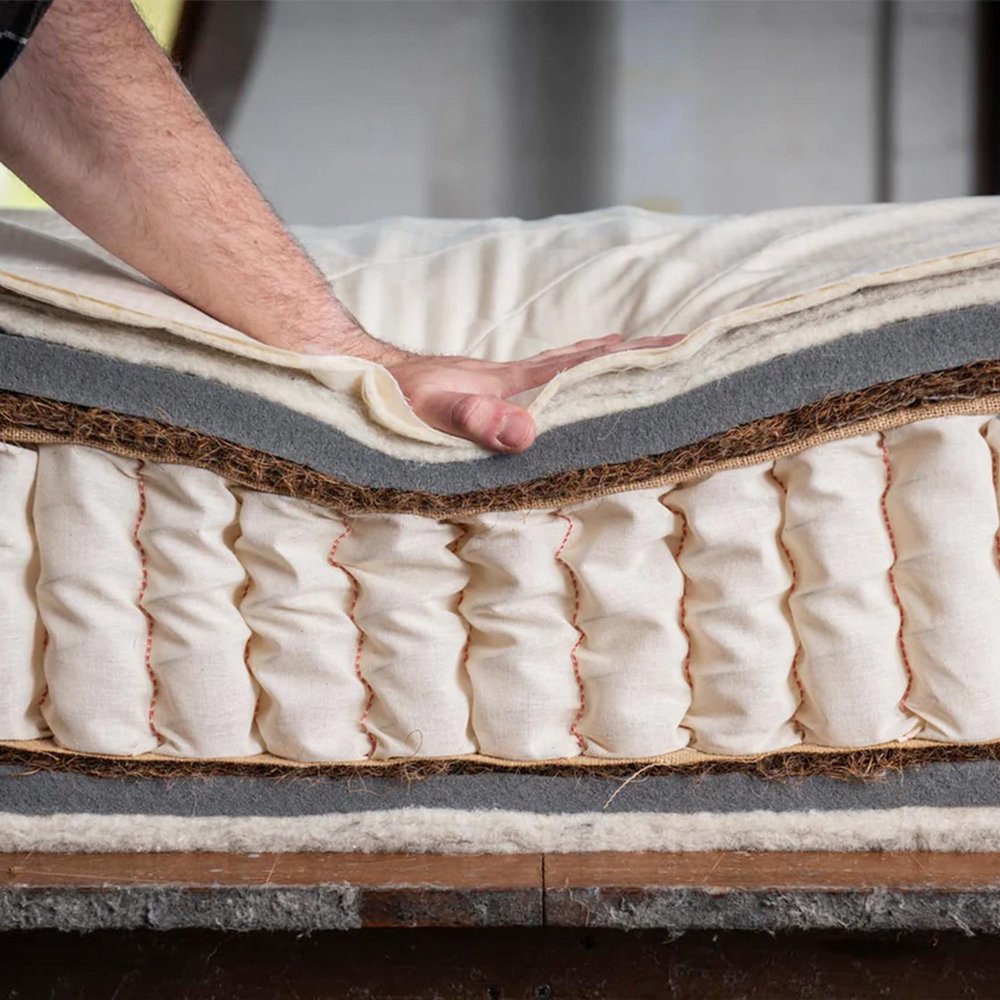
Despite the abundance of mattress brands, around 80 percent of mattresses sold in the US still contain synthetic polyurethane foam. However, a growing number of independent manufacturers are committed to healthier, more environmentally friendly products. These materials often come with certifications such as Global Organic Textile Standard (GOTS) and Global Organic Latex Standard (GOLS), which guarantee organic sourcing and environmentally responsible production. Sheep’s wool, for example, is a natural insulator that helps regulate temperature and wick away moisture. If practiced correctly, sheep that are bred for their wool are unharmed in the annual shearing process, which typically takes place in Spring. Wool also possesses antimicrobial and flame-resistant properties, enabling manufacturers to meet fire standards without adding toxic flame retardants.
Natural latex offers excellent elasticity and can relieve allergies due to its resistance to dust mites, mildew and mold. Coir acts as a natural alternative to springs, offering breathability and bounce. The coconut fibers are stripped, soaked, dried and twisted to create a miniature coil, and are then pressed into breathable sheets in a specified density. Avoid PVC or vinyl covers, as they can emit phthalates and other harmful chemicals linked to endocrine disruption and potential harm to developing reproductive systems.
More than 18 million mattresses end up in US landfills each year, as only 19 percent are recycled, contributing significantly to environmental waste. Synthetic foam does not biodegrade, and the trend of replacing mattresses frequently, encouraged by 100-night trial periods, exacerbates this issue. Durable, high-quality mattresses made from natural materials are both healthier and more sustainable. With proper care – including vacuuming regularly to remove dust mites, and rotating and flipping the mattress a few times a year – a mattress can last eight to ten years or longer. Some manufacturers also offer repair services to extend the life of their products.
Choosing a mattress is both a personal decision and a long-term investment in your health. Brands such as Obasan, Naturepedic, Naturalmat and Avocado stand out for their commitment to quality, health and environmental responsibility. By focusing on natural materials and thoughtful design, these companies are redefining what it means to sleep well – and responsibly.
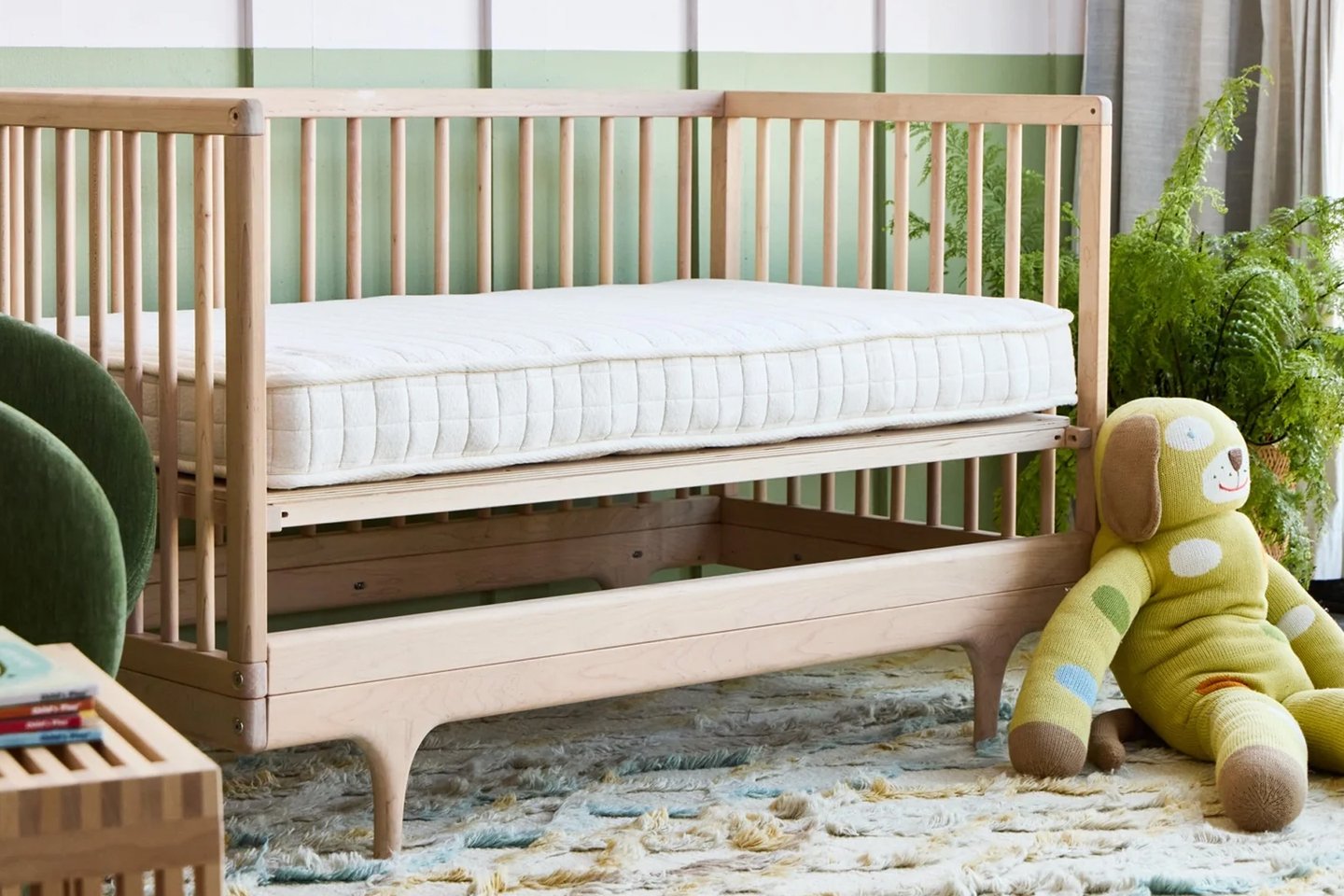
Feature Image: Naturalmat
Photography: Obasan, Naturalmat, Avocado


4 min read
Discover WLLW's strategies to design a bedroom that supports restorative sleep and overall physical and mental wellbeing.
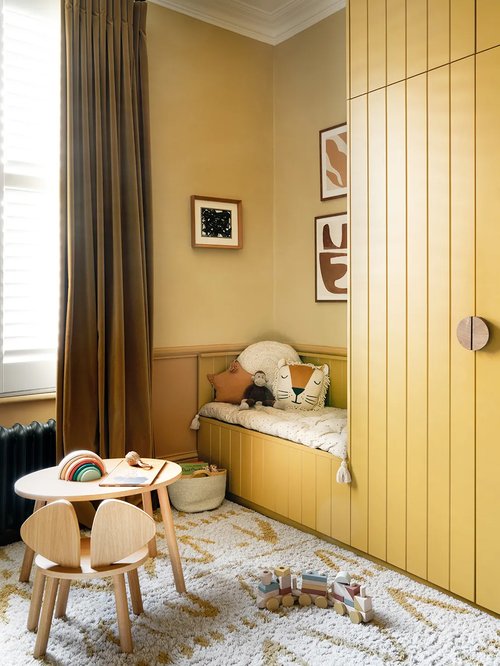
5 min read
Discover WLLW’s strategies for designing a child’s bedroom that supports their health, wellbeing and development.